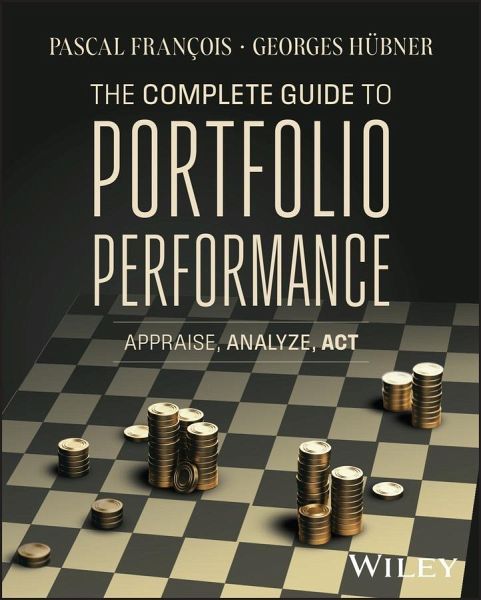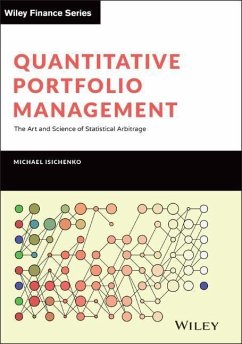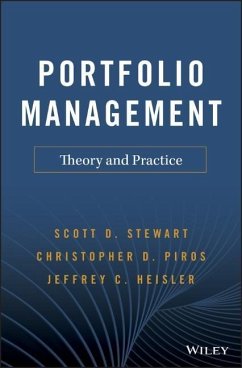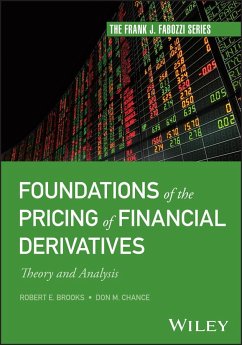
The Complete Guide to Portfolio Performance
Appraise, Analyze, Act
Versandkostenfrei!
Versandfertig in 2-4 Wochen
98,99 €
inkl. MwSt.
Weitere Ausgaben:

PAYBACK Punkte
49 °P sammeln!
AN EFFICIENT AND EFFECTIVE DESK REFERENCE FOR ASSET AND WEALTH MANAGEMENT PROFESSIONALS AND STUDENTS In The Complete Guide to Portfolio Performance: Appraise, Analyse, Act, a team of distinguished finance professors with practical experience delivers a comprehensive guide to all aspects of portfolio performance from the perspective of investors, portfolio managers, analysts, and regulators. In the book, you'll explore the core topics of portfolio performance measurement in a realistic and rigorous way. You'll find actionable and clearly illustrated content with practical examples that demon...
AN EFFICIENT AND EFFECTIVE DESK REFERENCE FOR ASSET AND WEALTH MANAGEMENT PROFESSIONALS AND STUDENTS In The Complete Guide to Portfolio Performance: Appraise, Analyse, Act, a team of distinguished finance professors with practical experience delivers a comprehensive guide to all aspects of portfolio performance from the perspective of investors, portfolio managers, analysts, and regulators. In the book, you'll explore the core topics of portfolio performance measurement in a realistic and rigorous way. You'll find actionable and clearly illustrated content with practical examples that demonstrate the application of the concepts discussed within. The authors clearly organize the material inside, making information easy to find and highly discoverable. The book is structured in four parts and eighteen chapters, contains relevant cross-referencing, as well as a "Key Takeaways and Equations" section at the conclusion of each chapter. They've also provided pointers to specialized sources for those interested in conducting additional research. Perfect for professionals and students alike, The Complete Guide to Portfolio Performance is the hands-on roadmap to the subject that investors, securities analysts, financial regulators, and investment managers have been waiting for.













